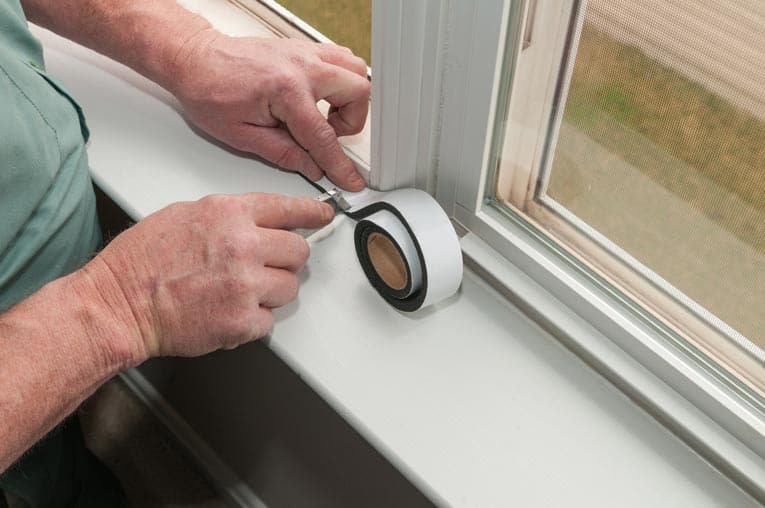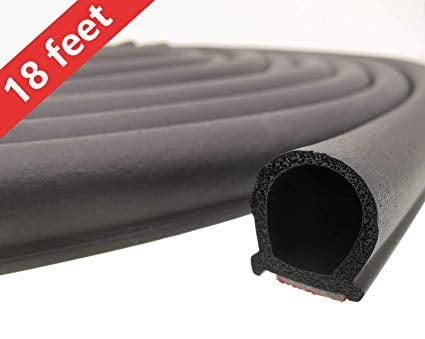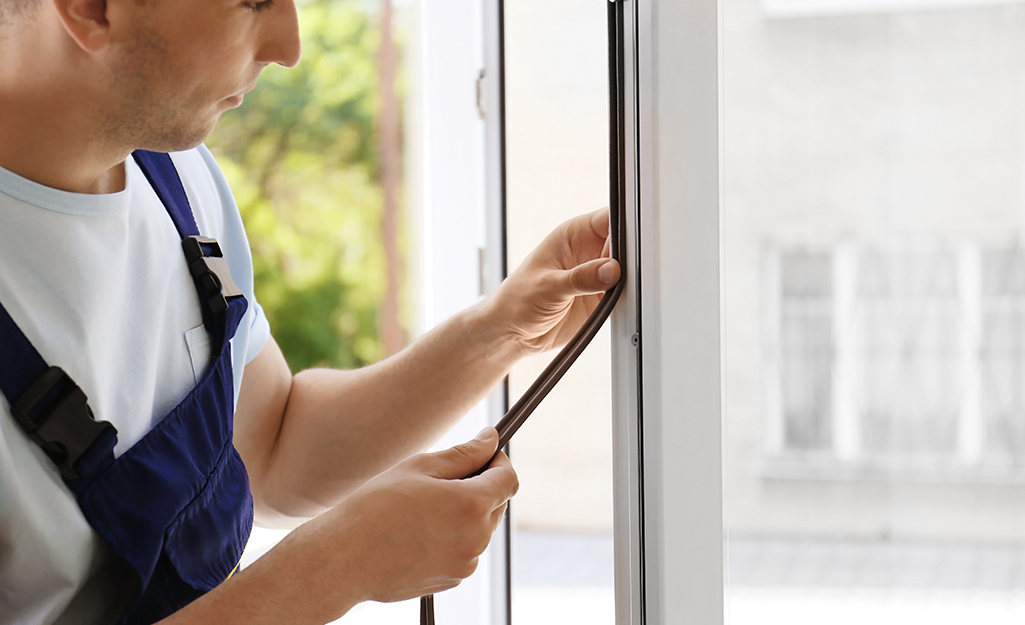
EASY WEATHER PROOFING WINDOWS WINDOWS
Even new windows can use some caulking to help seal the gaps between the window and the trim. Leaky old windows like this one don’t provide much of a barrier for stopping cold air from entering the home. Now we’ll examine another common place where outside air infiltrates your home. For more information on expanding foam sealant, see our frequently asked questions for this video. When using any expanding foam sealant, just be sure to wear safety goggles and gloves, as it will stick to your hands, clothing and anything else it touches. The type we’re using is a low-expansion latex-based, multi-purpose sealant designed for filling cracks. Notice how it expands to fill all voids in the hole.

To fix this, we’ll use expanding spray foam sealant specifically designed for this purpose. That’s not stopping any air from getting in … or bugs either. Notice how the sealant has shrunk and cracked. Here we find one of the common culprits … the air conditioner lines entering the home through the brick siding. The first step to stopping outside air from infiltrating your home is taking a walk around your home to focus on all the various pipes, ducts and cables entering your home’s envelop, which is the portion of the structure that you heat and cool. The good news is that it’s easy to do yourself, with products and advice from your local independent home improvement retailer. Imagine leaving a window in your home open all winter long and how much that would add to your seasonal heating costs? But that’s essentially what you’re doing when you neglect sealing all the gaps in your home’s exterior. Department of Energy, if you add up the total size of all the small cracks and gaps in the average American home, it’s equivalent to the size of this open window. So let’s get started.Īccording to the U.S. Then we’re going to focus on properly sealing these gaps. We’re going to carefully examine the perimeter of our home to look for spots where air might be getting in. In this first segment of our 3-part home weatherization series, we’re going to focus on areas of the house most prone to air infiltration.

While there are many facets to making your home more energy efficient, the best place to start is by carefully examining your home’s exterior to seek out and fill all the areas where cold air is getting in, including around windows, doors and other places where pipes or exhaust ducts penetrate your home.

It will also make your home more comfortable for you and your family. Just make sure it’s got water.Preparing your home for winter by sealing the cracks and gaps in your home’s exterior is one of the best things you can do to save money on utility bills throughout the year. Monstera’s a challenge to maintain in some states, but if you live in a southern coastal state, the indirect light-loving plant will be perfect for adding extra flair to your home. It requires medium to bright light with a wide temperature range of 55–80 degrees Fahrenheit, making it ideal for those looking for something easy.įive states would find a friend in the golden pothos, an easy-to-maintain plant that generally prefers humidity but can also tolerate temperatures as low as 55 degrees Fahrenheit.Īlthough the Chinese money plant requires regular watering, it can tolerate temps as low as 50 degrees Fahrenheit and grows well in indirect light-just watch out for temperature swings and dry soil. Peperomia was the most optimal match for nine different states, particularly on the East Coast.


 0 kommentar(er)
0 kommentar(er)
